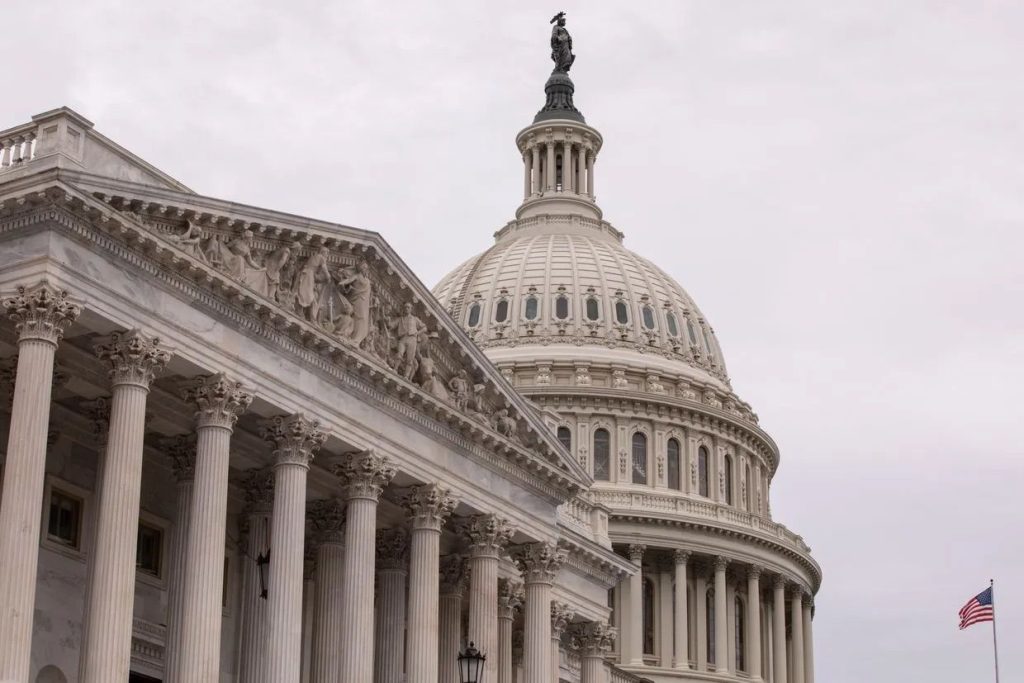Russia has threatened to lower its level of diplomatic relations with the U.S. if frozen Russian assets are transferred to Ukraine. The U.S. recently passed the REPO Act, allowing for the seizure and transfer of frozen Russian assets to Ukraine, in addition to a $95 billion foreign aid bill that included $61 billion for Kyiv. Russian Deputy Foreign Minister Sergei Ryabkov warned that lowering diplomatic relations with the U.S. is one of the options if the assets are transferred. The majority of Russian assets frozen by the EU and G7 are held in the EU, with the U.S. holding around $5 billion of the total $300 billion frozen by Kyiv’s allies.
While the U.S. has been pushing to funnel the funds directly to Ukraine, European countries have been more cautious, citing concerns about economic and legal implications. The EU is working on a plan to use the profits generated by the frozen Russian assets to fund defense assistance for Ukraine. The U.S. became the first nation to adopt legislation allowing for the confiscation of frozen Russian assets for Ukraine with the signing of the REPO Act by President Joe Biden. This move has sparked tensions between Russia and the U.S., with the threat of lower diplomatic relations looming.
The ongoing discussion surrounding the fate of the frozen Russian assets highlights the geopolitical tensions between Russia, the U.S., and Ukraine. Russia’s strong opposition to the transfer of assets to Ukraine reflects its support for separatist movements in eastern Ukraine and its desire to maintain influence in the region. The U.S.’s support for Ukraine, including the passage of the REPO Act, demonstrates its commitment to countering Russian aggression and supporting Ukraine’s sovereignty.
The potential lowering of diplomatic relations between Russia and the U.S. could have far-reaching consequences for global diplomacy and security. It could further strain relations between the two countries and exacerbate tensions in other regions where they are involved. The transfer of frozen Russian assets to Ukraine also has the potential to impact the economic stability of both Russia and Ukraine, as well as their relations with other countries that are involved in the conflict.
The EU’s cautious approach to the issue indicates the complexity of the situation and the differing interests of European countries in handling the frozen Russian assets. While the EU is working on a plan to use the profits from the frozen assets for defense assistance for Ukraine, the U.S. has taken a more direct approach with the passage of the REPO Act. The conflicting strategies and interests of the various countries involved could further complicate efforts to resolve the conflict and achieve stability in the region.
Overall, the situation involving the transfer of frozen Russian assets to Ukraine underscores the ongoing geopolitical tensions in the region and the complex dynamics between Russia, the U.S., and European countries. The threat of lower diplomatic relations between Russia and the U.S. and the differing approaches of various countries in handling the frozen assets highlight the challenges in finding a resolution to the conflict in Ukraine. The outcome of this situation will not only impact the immediate parties involved but also have broader implications for global security and diplomacy.


